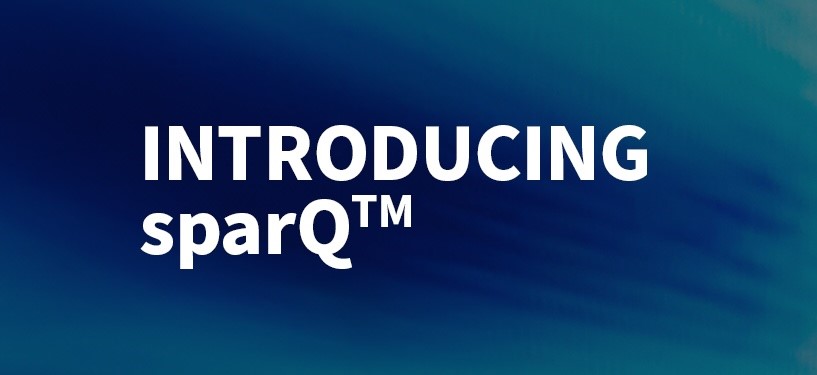A few years ago, I learned a valuable lesson about strategic planning while running the Boston Marathon. Buoyed by what I thought was a strong training regimen, I ran out of Hopkinton feeling strong and only got stronger throughout the first half of the race. High-fiving spectators and floating across the pavement, I felt confident that I could keep up the pace for the second half despite running well above my standard pace. But we’ve heard this story before: I bonked. In the second half, I got crushed by the Newton Hills, hobbled through the streets of Boston, and sheepishly limped across the finish line riddled with cramps and embarrassed by my poor planning.
For professionals looking to implement a meaningful and sustained corporate social responsibility (CSR) program, the “marathon, not a sprint” adage could not be more appropriate. For those looking to make a splash with a CSR launch, consider the impact that you hope to make, not just in the community, but within your organization. Scoring a quick win and issuing a press release might give you a pop of coverage, but it likely will leave your employees at best wanting more and at worst skeptical of your intentions. Before attempting to compete with the corporate champions of CSR, force yourself to build a plan that gives you the foundation for real impact.
I spend a lot of time talking with folks about creating “CSR for the rest of us,” where building a meaningful and sustainable program doesn’t have to entail spending millions of dollars and garnering national coverage. But to have real meaning in your programming, no matter how small your budget might be, you have to start with a few simple but critical steps:
- Look yourself in the mirror
Before launching your first formal CSR initiative, take a step back and think critically about why you want to launch the program. Is it to offset some negative externality or bad press coverage? Is it a project that an executive has a personal interest in? Or is there something deeper that you are trying to achieve? If your why is centered around engaging your employees, connecting with your customers and – most important – having a real impact in the community, you’re already well on your way to establishing a sound CSR foundation. However, if your motivations are rooted in limited interests or superficial brand perceptions, force yourself to dig a little deeper on the value of such programming. For a CSR program to have real meaning, resist the urge to look through the lens of the media or your executives. When starting with why, start with your employees and the communities they care about.
- Figure out what you care about… and then write it down
One of the biggest issues with fledgling CSR programs is that good intentions often lead to scope creep. When employees and customers learn that you’ve created a program to give back, you can expect a wave of requests for every organization, road race, and fundraiser. A simple and articulate statement of what matters to your company will help guide you and make it easier to politely decline many of these requests. Saying no is one of the hardest parts of running a CSR program, but a declaration of your mission will make those decisions that much easier and more justifiable.
When figuring out what you care about, it should go without saying that your focus should be somehow tied to your business offering. Strategic alignment between your CSR mission and your business mission will enable you to tell a compelling story to employees, customers, and the media. Additionally, this strategic link opens up new opportunities to provide support, services, and products to local nonprofits well beyond simply writing a check (stay tuned for more on that topic in my next post).
When formalizing this sentiment, force yourself to keep this statement to a page (or less!). If you cannot succinctly articulate why you care about the issues you care about, you’ll struggle to gain traction in building the program, engaging your employees, and having a real impact in the community.
- Leverage your ambassadors
Once you’ve formally determined why you’re launching a program and what you care about, take the time to figure out who can be your internal champions. The beautiful thing about CSR is that it’s one of the few functions within a company where employees will willingly volunteer to help you. (When was the last time an employee volunteered to help the accounting department close the books?) Find your passionate ambassadors, create an employee-led community action team, and start generating that internal inertia that can quickly transform an ad hoc effort into a full-scale CSR program. And suddenly, with enough noise coming from passionate employees, your executive team will start paying attention – and perhaps even carve out a budget for your efforts.
These initial three steps will give you the foundation to build something truly transformative, for the community and for your company’s culture. When the time comes to scale your program more broadly, you’ll have the tools, the resources, and the organizational buy-in to avoid “bonking” when it matters most.
Reed Bundy helps companies build, implement and scale strategic corporate social responsibility and employee engagement programs. Reed has worked in the social impact space throughout his career, most recently running corporate social responsibility and internal communications for Constant Contact in Waltham, MA.



